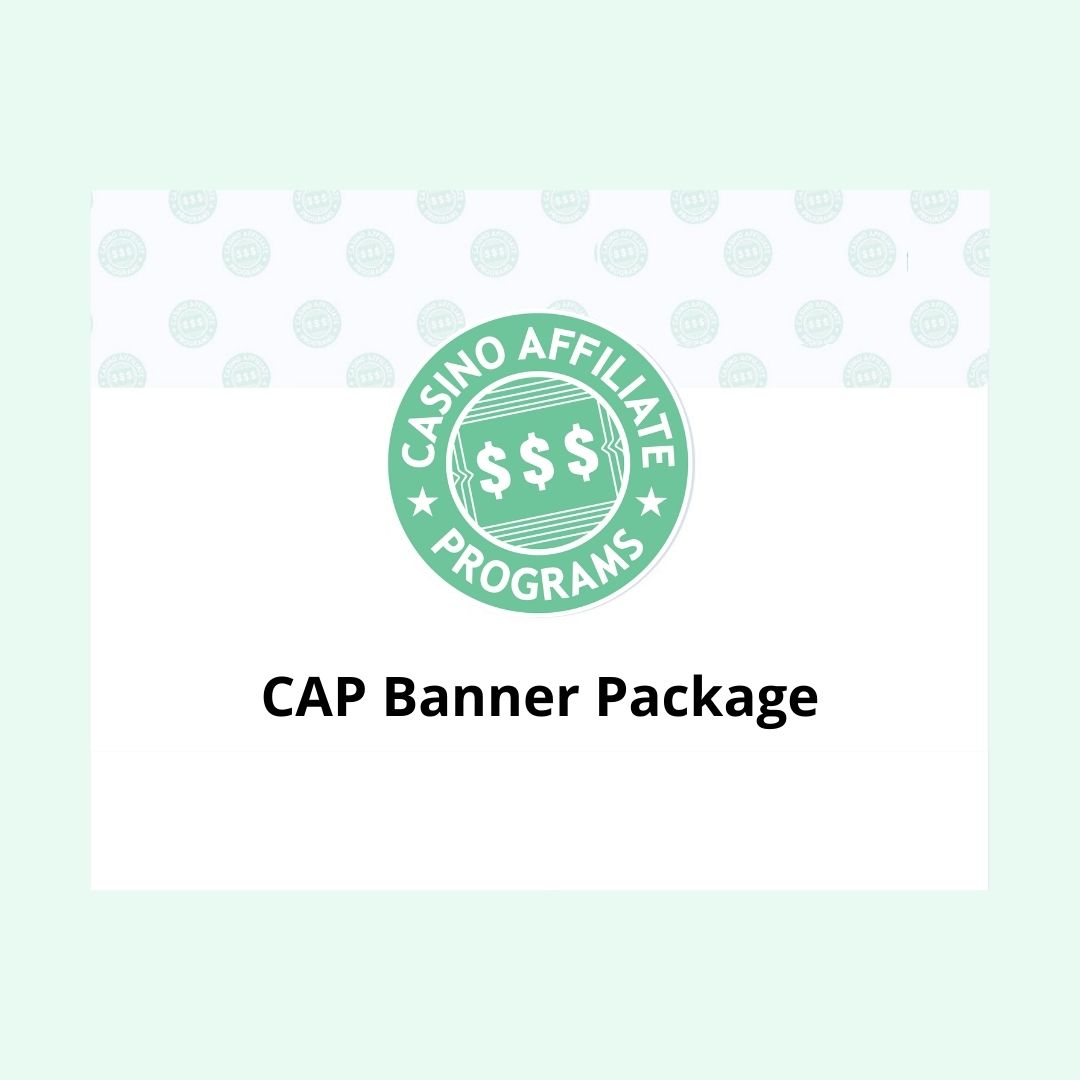When you’re advising the recipients of your emails exactly what you want them to do, your call to action is the most important element in any marketing email you send.
True, it’s not the only important element — subject lines and the database you’re using are also critical.
But the call to action is in a league of its own. Think of it this way: The point of your email is to get readers to do something. And the call to action is what inspires them to do it.
Creating your message
So, how to build an email message around a specific call to action?
To be an effective email marketer, you don’t have to be a professional writer. There are basic rules for writing your emails that, if followed, will give you the results you’re looking for. And they all start with figuring out the call to action you want to promote.
Once you know that call to action — whether it’s funneling more traffic to a landing page or increasing conversions for a particular product — you can create a message that sells it.
Think of your email as a path that takes readers directly to the call to action. And make that route as easy and enjoyable as you can.
Tell a story …
The basic structure of an email is to tell a story, as briefly as possible, with the call to action as the point or conclusion of your story.
For example, if you’re a poker affiliate, your goal could be to get more conversions to a poker affiliate partner offering WSOP qualifiers. So, your story could be about how much easier it is for online poker players to qualify for the World Series of Poker than it was ten years ago. Tell the story of Chris Moneymaker, the first WSOP champion who qualified in an online tournament.
… and bring it home
The obvious call to action in that story would be to inspire readers that they, too, can qualify and win it all, just as Moneymaker did in 2003. (And they can, too. It’s a legitimate opportunity.)
And, even though the call to action is the most important part, it won’t work if the story doesn’t work. Think of it this way: Is your story interesting — or funny, or clever — enough that you’d expect your friends to like it on Facebook, or retweet it on Twitter? If not, how do you make it that interesting?
Action!
An inspiring call to action can help make your story more interesting, and even exciting. After all, the call to action is about taking action — it’s right there in the name.
But even though the call to action is about telling your readers what they should do, it’s not an order. It’s an enticement. So the last thing you want it to be is passive or boring.
Some email marketers will tell you to avoid “click here” like the plague. And, while there may be a general overreaction to its effects throughout the Internet, it’s generally a great idea to steer clear of “click here”, “read more”, “continue”, and all their cousins. These words don’t entice, like the phrases below do. And they’re so common that they’re probably often overlooked. And an ignored call to action makes your entire email message pointless.
With that in mind, here are some examples of calls to action that are a bit more exciting:
- Get started with a 30-day trial right now.
- Find out what can do for you here.
- Get your exclusive offer here.
- Start earning now.
Phrases like this should conclude your email, and be hyperlinked using the (tracked) URL you want people to visit.
Red flag words
Also remember that certain words should be avoided because they trigger spam filters. Words like “free”, “bonus”, and “money” are generally regarded by email servers as red alerts that automatically send your email directly to the SPAM bins.
And, unfortunately, many of those words would otherwise make a great fit in your call to action, since they’re action-oriented. Here’s a more comprehensive list of email marketing words to avoid.
Avoid distractions
A big part of your call to action’s strength will be whether or not it has any competition. The point is: Don’t clutter your email with other links or offers. A single call to action, without any other distracting links, will be more effective.
Testing
How can you be sure your call to action works? Split test it against other calls to action, and see what gets responses. The answer could (and usually does) surprise.
